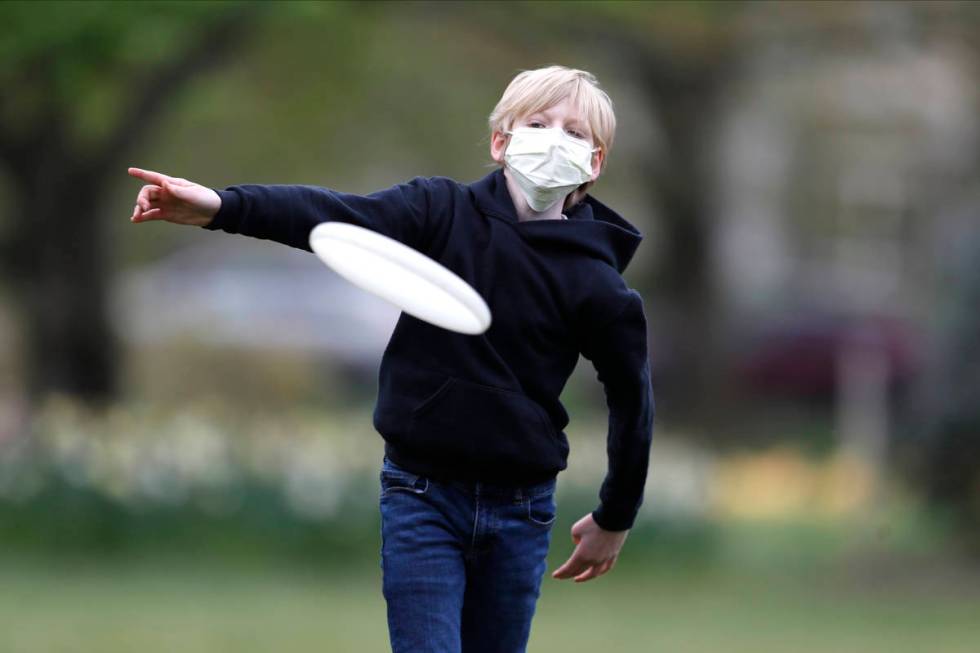Children 2 and older should wear masks, experts say

You can lead a child to a face mask, but you can’t make him keep it on.
That skewed revamp of an old saying seems relevant these days, when the U.S. Centers for Disease Control and Prevention recommends that even children 2 and older — but absolutely not babies — wear cloth face coverings in public, particularly when social distancing is difficult.
It’s not a bad idea, and it’s even a doable one if parents can be creative about how to persuade a child that wearing a mask doesn’t have to be a chore.
The CDC recommendation covers children 2 and older. However, the CDC also stresses that face masks never should be worn by babies and children under age 2, for whom they can pose a suffocation hazard.
In children 2 and older and adults, the use of a face mask can help to prevent the transmission of the coronavirus, particularly in people who have the virus but aren’t exhibiting symptoms of COVID-19.
Pediatric surgeon Dr. Nicholas Fiore has noticed that “the bulk of kids coming into the office have masks on, and they keep them on. I’m surprised.”
While younger children might be harder to persuade, “once you get to 5 and 6 you can explain it to them and they understand. They’re not ripping them off and are fine with it.”
The American Academy of Pediatrics recommends that — just like mask-wearing grown-ups — children should be taught not to touch their mask while it’s on. They also should be taught how to wear and remove it properly (from the back, and without touching its front) and to wash their hands before and after removing it.
It’s also important that “you don’t want them sleeping with the mask,” pediatrician Dr. Pamela Greenspon said, because the mask “can affect how they breathe at night.”
But even before all of that, parents should ask if a child even needs to be somewhere that wearing a mask would be required. For those whose children attend local day care centers, the Southern Nevada Health District says it doesn’t mandate children wear masks in those facilities.
In other circumstances, it’s best to avoid “any unnecessary trips” with a child, Greenspon said, because “the more exposure you have, you just increase the chances” that they, or someone else, will become sick.
“I think if you can stay at home, that would be the first recommendation,” she said.
If that isn’t practical, talk with the child about why wearing a mask is necessary. “Try to explain that we want them to stay healthy,” Greenspon said, and even cast wearing a mask as doing a good deed on behalf of others.
“ ‘Oh, you’re a superhero (and) your superpowers are being able to protect yourself.’ I think we all need to be creative,” Greenspon said.
Involve the child in choosing a mask or, if it’s being made at home, selecting the fabric. Or, Fiore said, ask the child to decorate a mask using a nontoxic marker.
Children are more likely to wear a mask if they “have a personal investment in it,” Fiore said.
Whether buying a mask or sewing it yourself, make sure it’s properly sized to cover the child’s nose and mouth. “We always say children are not little adults, in many different areas,” Greenspon said.
Finally, model positive mask-wearing behavior. “A lot of times, (children) want to be like their parents,” Fiore said. “They see their parents wear one so they want to wear one, too.”
Contact John Przybys at jprzybys@reviewjournal.com or 702-383-0280. Follow @JJPrzybys on Twitter.